It’s not something that the average person ponders. Have you ever thought, “Hmm, I wonder if all tears are the same?” Are tears of joy the same as tears of sorrow? That’s exactly what Rose-Lynn Fisher wanted to find out, and find out she did.
Using a microscope, Fisher observed 100 different samples of tears. Her discovery? Basal tears, the ones that are used solely for lubrication, are entirely different than the tears we shed while cutting onions; just as the tears that come from laughing are drastically different than tears of grief.
Fisher’s project, called The Topography of Tears, discovered that almost every tear we shed carries with it a tiny bit of human experience.
Tears from laughter
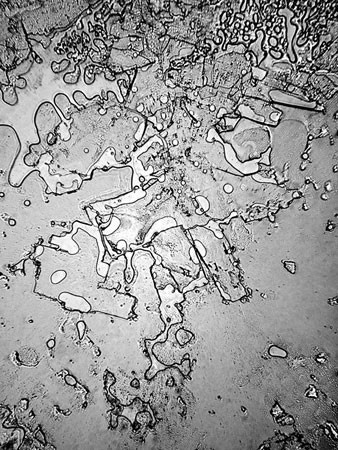
Tears from change

Tears from grief
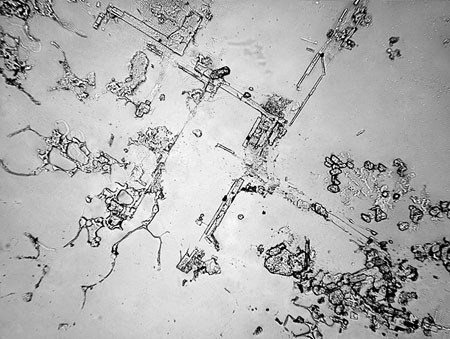
Tears from onions

According to Joseph Stromberg, of the Smithsonian College of Arts and Sciences, there are three overarching types of tears: basal, reflex, and psychic (emotional). The three categorizations of tears each consist of a variety of different oils, antibodies and enzymes (as well as salt water).
And, each type of tear is made of certain molecules. For example, emotional tears contain protein-based hormones that act as natural painkillers when we’re upset.
“There are so many variables—there’s the chemistry, the viscosity, the setting, the evaporation rate and the settings of the microscope.”
‘Basal’ Tears

Tears from reunion

Tears from ending and beginning
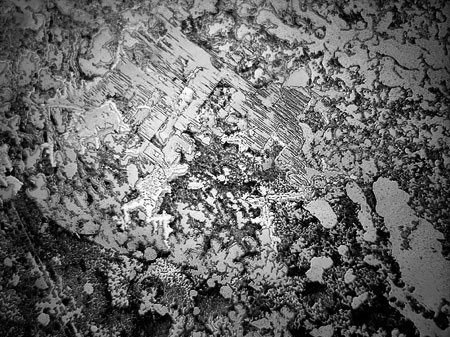
Tears of release
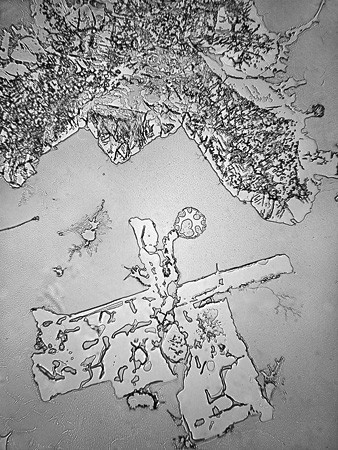
Tears from hope
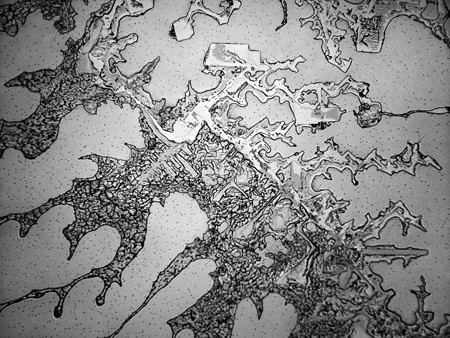
Tears of elation

Tears of remembrance


Facebook Comments